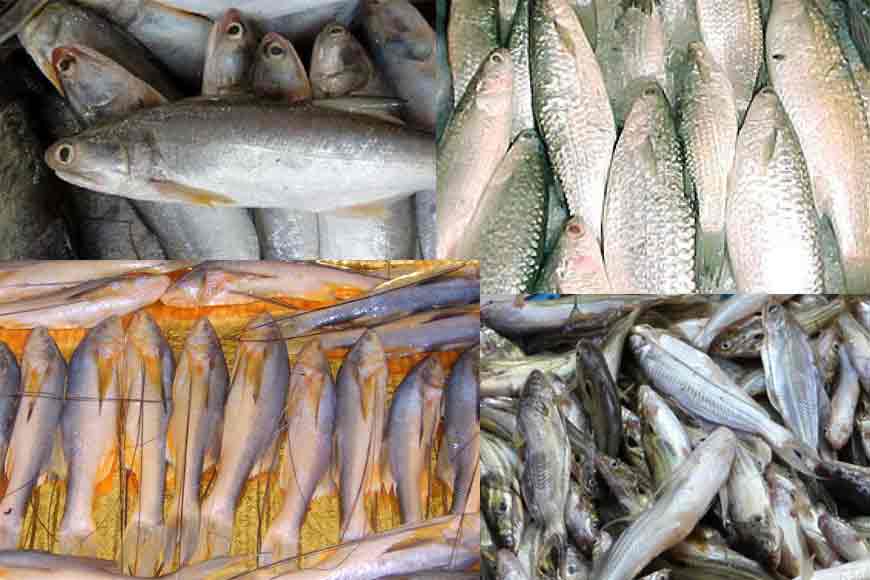Why is Bengal losing its indigenous fish varieties?

The warning signals have been there in different districts of Bengal since the past few years---rapid depletion in the population of Bengal’s indigenous fishes. The mangrove forest cover in the Sunderbans is getting reduced at an alarming rate over the past few decades. Mangrove loss has a direct impact on the coastal water quality and adversely affect adjacent habitats. This in turn reduces growth and development of local fish varieties such as parshe, topshe, kholsha, gurjali, tyangra, folui et al.
This problem is compounded by the fact that the main occupation of the locals in Sunderbans is collection and cultivation of prawns, but profound ecological damage is being caused over decades by the primitive system of shrimp collection. Shrimp fishing produces large amounts of bycatch, which may be as high as more than 65 percent of the total shrimp caught. This entire bycatch is completely discarded by the collectors causing huge loss to other aquatic species.
Bengal government is now planning to take definite steps to preserve the ecological balance of the Sunderbans. The state forest department, fisheries department and Sunderban Development Board will now work in tandem to create the right environment for the healthy proliferation of local fish varieties.The mangroves are the best fish nursery, where newly-hatched larvae or hatchlings take shelter. The elevated roots of trees like Sundari, Goran and Keora save the hatchlings from being consumed by large fish and other aquatic animals. They remain there for the first 40 days, feeding on zooplanktons and phytoplankton. But rapid deforestation, thriving human development, rising global temperatures, degradation of natural protection from tidal waves and cyclones is inevitably leading to species loss in this richly bio-diverse part of the world.
Also Read
RAINING HILSA IN BENGAL
In a study conducted recently,it was found that there are around 150 fish species found in this region which have high commercial value and now the state government is keen to nurture and increase a healthy growth of these varieties. The Central Institute for Fisheries Education (CIFE), a wing of the Indian Council for Agricultural Research had conducted a detailed survey on the traditional methods practiced by fishermen of South 24 Parganas and East Midnapore for catching and preserving fish. It was found that earlier the percentage of bycatch used to be around 20 to 30 per cent of the total catch but now it has gone up to more than 60 to 70 per cent.The fingerlings of pomfret, amudini, parshe, bhangan, khoyra, pairachandra and tiny crabs are sold in the local markets.The fry is sold as dry fish (shuntki). If this trend continues, experts feel, many of the local species will become extinct.

The state government’s pilot project is aimed at reversing the trend. In the first phase, the areas where mangrove vegetation has been destroyed will be identified and new mangrove vegetation will be planted. Next, vigilance will be strengthened along the coastal line from Sagardweep to Sandeshkhali where shrimp harvesting is done illegally on government plots close to the coast. Due to the salinity of soil and other natural calamities like storms and floods, agriculture is very difficult. Collection and cultivation of prawn is an alternative means for subsistence in the area. Prawn cultivation not only providesthe locals with ready cashbut is more paying than agriculture.So, the government will try to create alternative jobs for them and encourage them to take up pisciculture or crab farming, both far more commercially viable.









